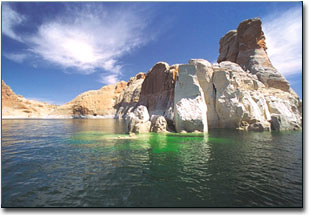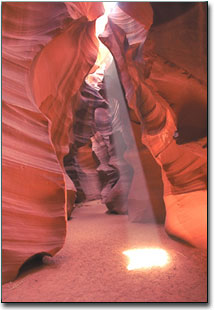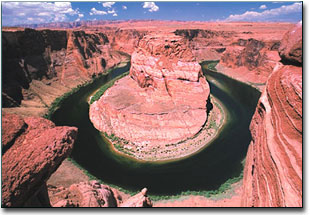
The southwestern United States is one of the most spectacular places to visit as well as photograph. National parks, State parks, recreational areas, scenic drives, and lakes are plentiful and create spectacular vistas, landscapes, and nature scenes. In all my travels, I still find Utah to be one of the most scenic areas on Earth, and many photographers still consider the Grand Circle, which includes areas like Zion National Park, Bryce Canyon, Capital Reef, Arches, Canyonlands, and Lake Powell to be at the top of their list of places to photograph.
Lake Powell is well known for its lake and house-boating, but there are some other areas nearby that cannot be missed, making this spot a full experience and providing a wealth of photographic opportunities. I would like to concentrate on three areas, all so close together, yet so different in their appearance.
Lake Powell, the second largest reservoir in North America, is 186 miles long and has 1,960 miles of shoreline. Slot canyons, inlets and coves shelter the Indian ruins and natural wonders made by this lake. There are 6 marinas along the lake: Dangling Rope, Wahweap, Bullfrog, Hall's Crossing, Hite and Antelope Point. Rainbow Bridge, one of the most fascinating and most visited sites at Lake Powell, is approximately 10 miles southeast of Dangling Rope. The Navajo people call it "Nonnoshoshi", or "rainbow turned to stone." Many of the slot canyons or inlets around Wahweap are highly photographed as well and provide for some unusual rock formations on the water. The photograph at the top of the page was taken in an inlet at the end of the Warm Creek channel with a 20mm lens, only 15 feet from the rocks.
Lake Powell is located within the Glen Canyon National Recreational Area and stretches across the heart of The Grand Circle. The bottom of the Wahweap Marina is actually located in Page, Arizona, but most of the lake is on the Utah side. For more information about Lake Powell, contact the Chamber of Commerce at (520) 645-2741.

Antelope-Corkscrew Canyon is one of most interesting canyons in the United States. Antelope Canyon is so unique, it has also become known as The Corkscrew, Corkscrew Canyon, Upper Antelope, Wind Cave, or The Crack. Corkscrew Canyon is a slot canyon and was formed over many years as rushing water eroded the Navajo sandstone. The canyon was cut and scoured by water and wind and the striations of sandstone have become almost incandescent. This phenomenon has created "hollows" in the canyon and eventually they form a patina. A slot is a series of these convoluted hollows connected by narrow passages of varying width and length. The cave is only ¼ mile long and only a few feet wide at some of the narrow defiles and bends. The canyon is very dark except for the sunlight that filters down through the top plateau onto the curved sandstone walls. It is required that you pay an entrance fee and it is preferred that you be taken down to the canyon by a guide. You can contact Lake Powell Jeep Tours at (520) 645-5501. This photograph was taken with a 28mm lens, using a 40-second exposure.
Lastly, one of the more hidden areas and non-advertised places in the close proximity to Lake Powell and Page, Arizona is called Horseshoe Bend. At this overlook, the Colorado River makes a loop around a large sandstone formation. Unless you know where to turnout to see this site, you will most likely not find it. Follow state highway 89 south of the town of Page. Look for a gravel road heading west towards the canyon near mile marker 545 (about 2.5 miles south of the gas station). Drive to the end of the road, and then walk just a short way to the overlook. This is not a place for folks who are afraid of heights, and you must make sure you have a wide-angle lens with you or you will not be able to capture the entire scene. The best way to photograph this scene is actually to lie down at the edge of the cliff, get use to it for a bit, then steady your camera over the cliff and compose the shot. You can keep your aperture fairly wide open and shoot easily at 1/60 sec. The photo at the bottom of the page was taken with a 20mm lens at approximately 11:30 a.m. to get light on all parts of the cavern walls in the hole.

Lake Powell has many more exciting areas to explore including Cottonwood Canyon, the Paria Wilderness area, and parts of the Grand Staircase Escalante National Monument. Page, Arizona is a good central place to stay and it has very inexpensive hotel rooms in late October. Don't miss out on this treasure! To get to Page, take Highway 89 east from Kanab, or 89 north from Flagstaff.
Editor's note: Steve Berlin is a NPN reader who resides in California. You can view more of Steve's work on his personal web site.

